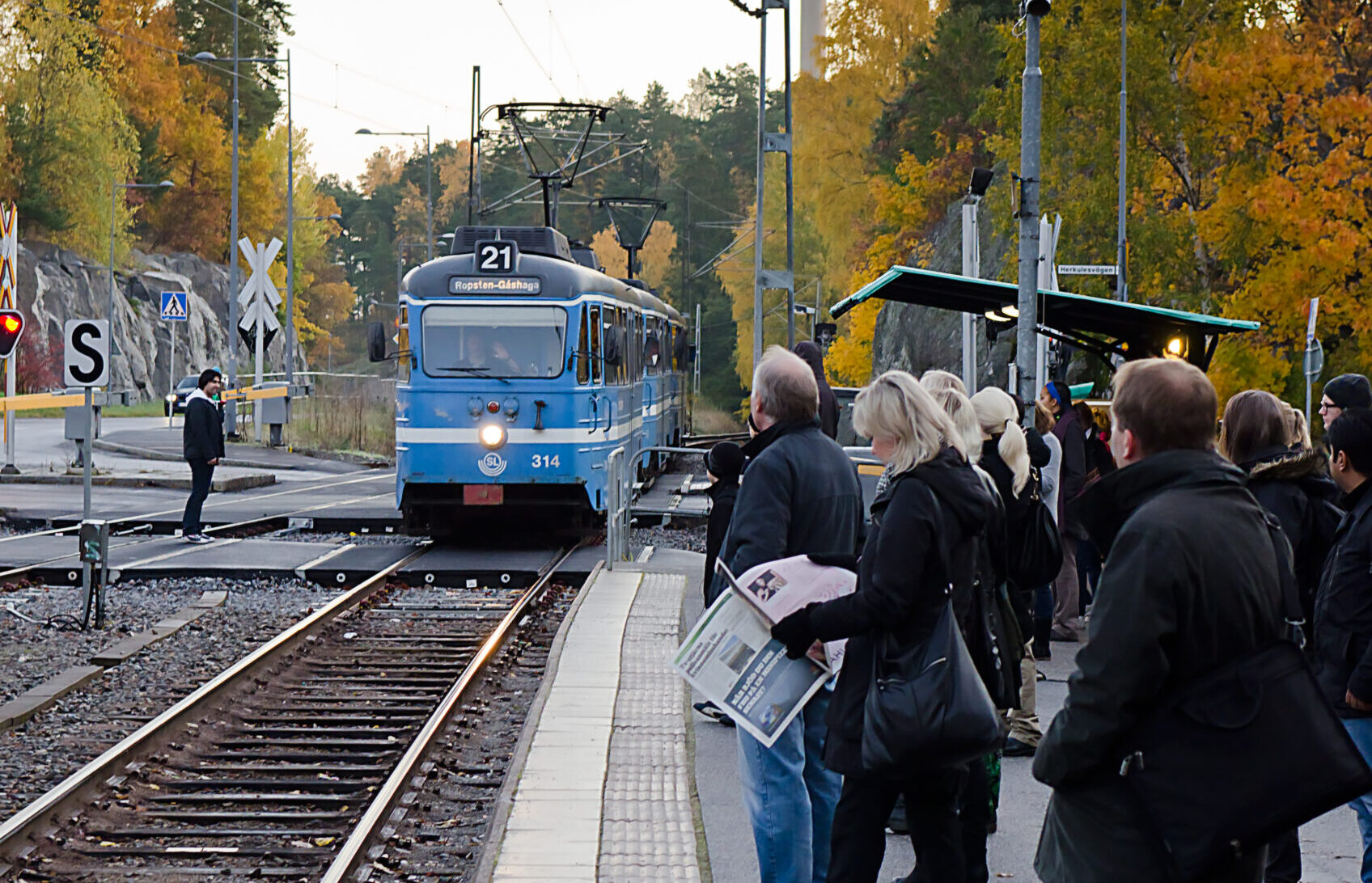
Everyday Travel Beyond High-Demand Corridors
K2 researchers have turned their attention to travellers who do not follow the “transit corridor” principle and who rarely respond to surveys or participate in traditional public consultations, in order to better understand how public transport can meet their needs.
For many years, public transport planning has prioritised so-called “transit corridors”– routes and times with the highest demand, primarily serving commuters travelling to and from work or school.
This focus has led to a situation where passengers travelling for other purposes or at off-peak times often feel that public transport does not meet their needs. This includes part-time workers, those with irregular working hours, young people travelling for leisure, older adults, and individuals who require more time or support to travel.
In the recently published K2 report Vardagsresande utanför de starka stråken – förutsättningar för socialt hållbar tillgänglighet (Everyday Travel Beyond High-Demand Corridors – Conditions for Socially Sustainable Accessibility), researchers Lena Levin, Jonna Nyberg, and Robin Nuruzzaman from VTI explore mobility needs that are more complex than those of the average commuter – and sometimes slower than the norm for home-to-work travel.
“We investigated how residents in Alingsås and Fagersjö perceive their access to public transport. We focused on pensioners, people with visual impairments, young people, and parents with small children to understand how those outside the ‘transit corridor’ planning model experience public transport,” explains Lena Levin.
The study reveals that these groups often make so-called trip chains. For example, parents with young children may travel to and from work via a preschool, and sometimes need to make additional stops along the way, such as for grocery shopping.
Respondents highlighted several important factors, including timetables that ensure reliable arrival times and respectful treatment from bus drivers and other public transport staff.
“To improve the social sustainability of public transport, we also need to improve working conditions for public transport staff. Several studies show that a stressful work environment, with tight schedules, negatively affects vulnerable passenger groups such as older adults and people with disabilities,” says Lena Levin.
Read more in the K2 report: Vardagsresande utanför de starka stråken – förutsättningar för socialt hållbar tillgänglighet (in Swedish).
Link to the report
